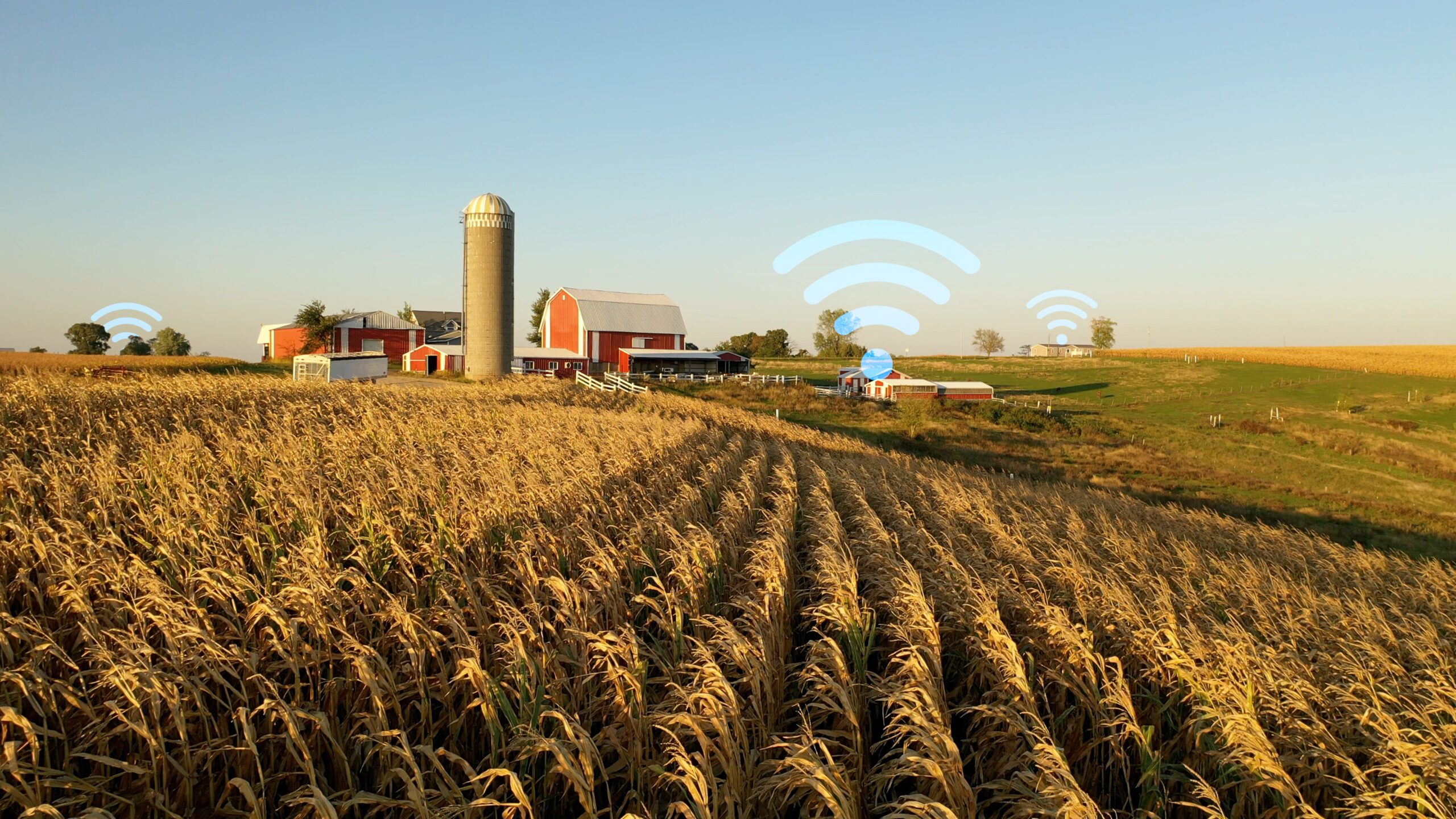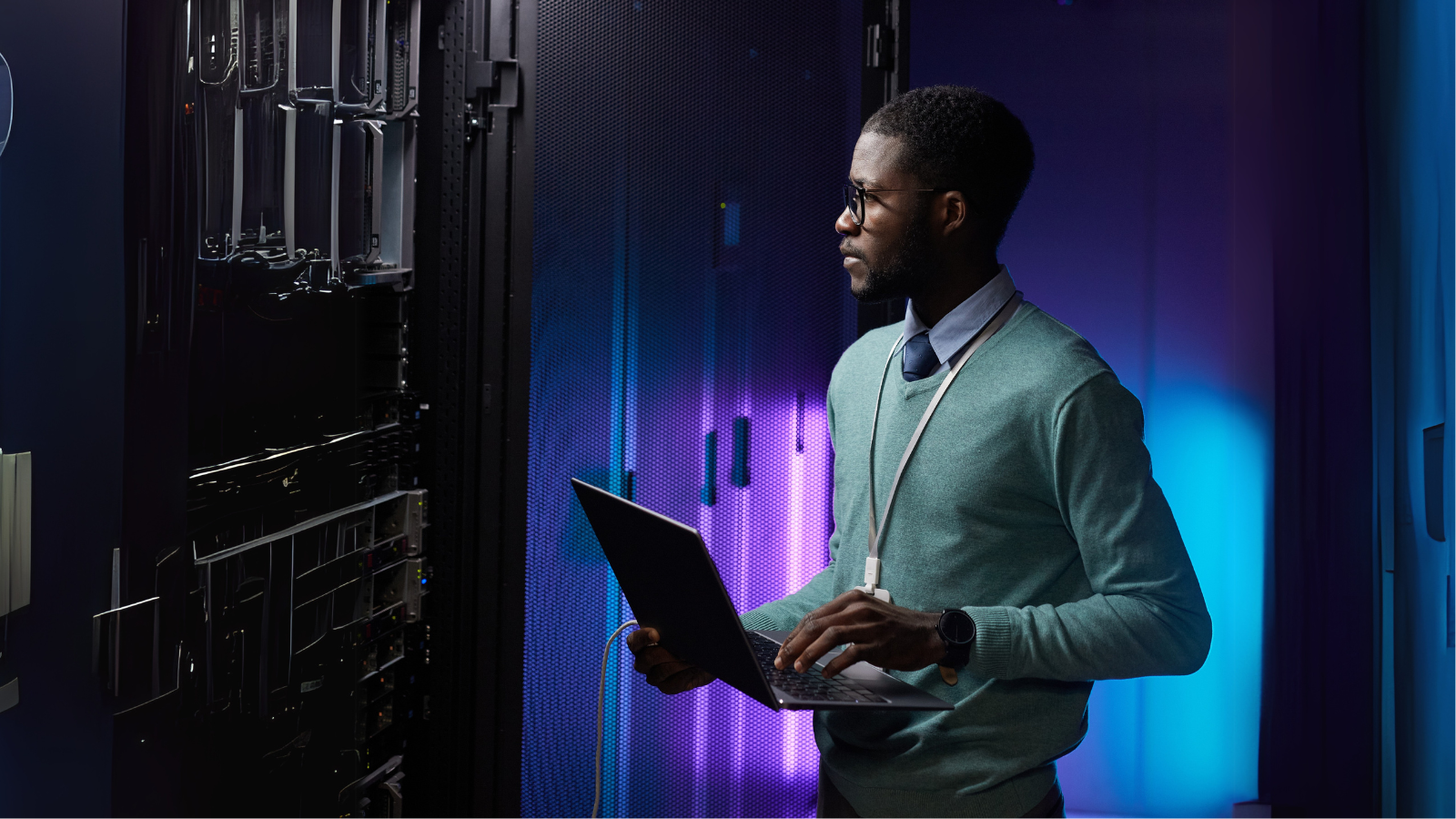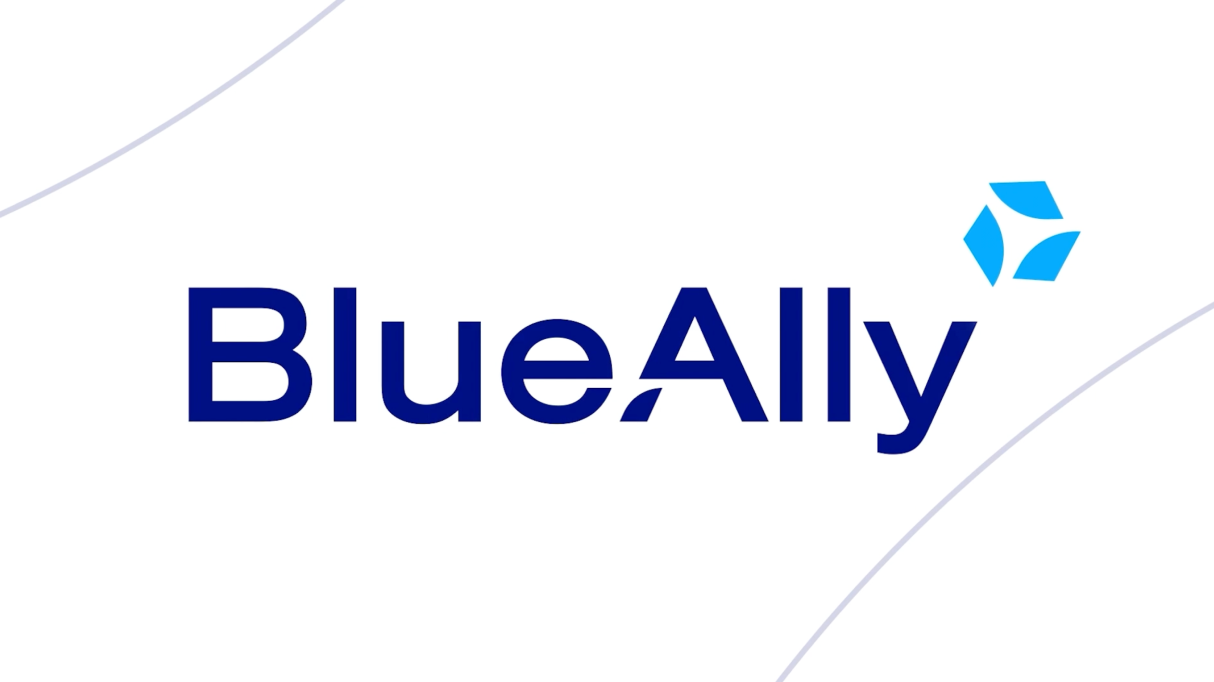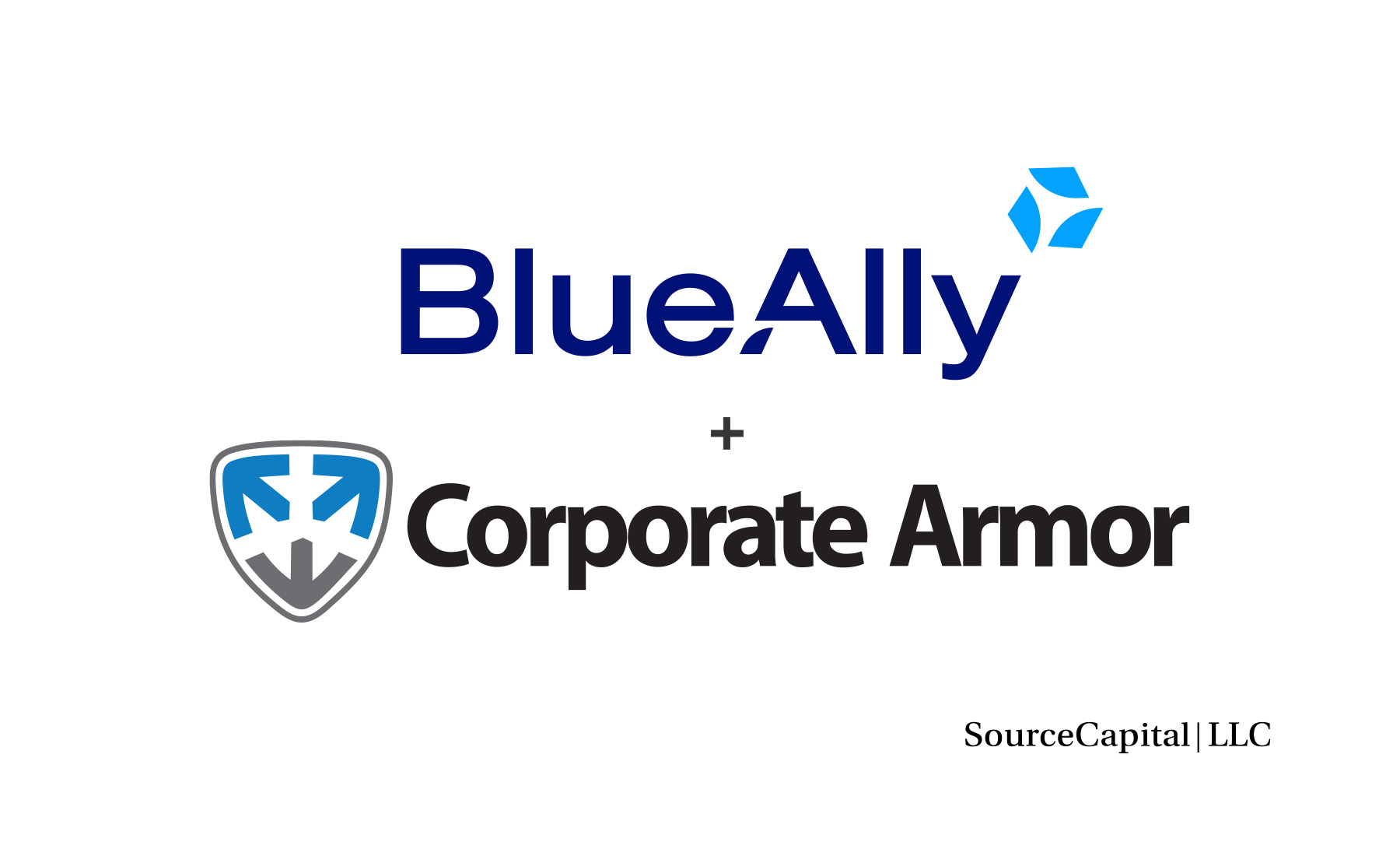 FEATURED
FEATUREDPETER WELCHER | Solutions Architect
This blog is part of a series covering various SD-Access topics.
Previous blogs in this series:
- SD-Access Multi-Site Lab
- SD-Access Multi-Site Lab Tasks
There is one important detail to consider in your SD-Access planning, something that might not be on your “radar,” or that could be easily forgotten or overlooked: What does your organization do for E-911 location services?
This blog covers what I know (or think I know) about E-911 and SD-Access.
Disclaimer: My unified communications/collaboration skills are thin. So, I researched this topic as best I could, including discussions with colleagues. There may be other choices or factors I’m not aware of.
My goal here is primarily to alert you that E-911 needs to be part of your SD-Access design planning and to sketch out what you can do within SD-Access to align with your E-911 solution.
How Does E-911 Location Work?
There are two basic ways that sites and vendors make E-911 location work:
- Map phone subnet to location
- Map phone switch and port(s) to a location (behind the scenes: correlate phone MAC address to switch and ports, and then look up the switch’s location)
There may well be other methods.
Some E-911 products do the first of these approaches. Cisco Emergency Responder, RedSky, and West can use the second approach.
What Can We Do In SD-Access?
Normally in SD-Access designs, subnets carry traffic for all SG’s in each VN across all switches within a fabric site. That means that the subnet is not normally associated with a single wiring closet or location.
As far as I know, that is fine for E-911 if your E-911 product bases the user location on switch and port (2nd alternative above), Or if local E-911 law (outside the U.S.) has less stringent location requirements.
However, if your site’s E-911 product uses a device’s subnet to identify the location, you might need to deploy SD-Access with per-switch VLANs for either data or voice. That would then support location determination down to the wiring closet level. The cost of doing so is a good bit more clicking in CCC when provisioning the switches. Do-able, but tedious.
The way you can configure this is by going into Host Onboarding, going to Port Assignment, and assigning a VoIP IP Pool that is for the selected switches and ports. If you need to do E-911 for softphones, then you can also do a local override for the data IP Pool.
Conclusion
E-911 location services are something you need to think about when planning your SD-Access design and deployment. Two common approaches are discussed above. If your solution is subnet-based rather than switch/port-based, then you can either change to a product that uses switch/port mapping, or you can use per-switch IP pool over-rides in DNA Center.
Other E-911 products might have different capabilities or limitations. Hopefully, this blog will provide you with options that can work with your situation.
References
- Call Manager VoIP E911 service: map user to office location
- CCC User Guide








































